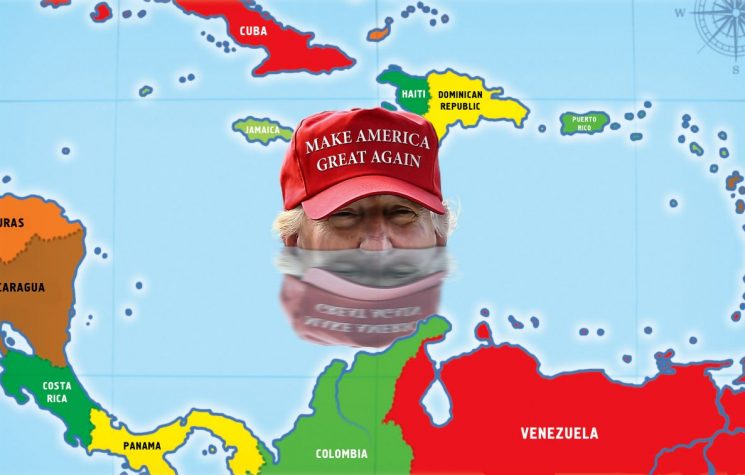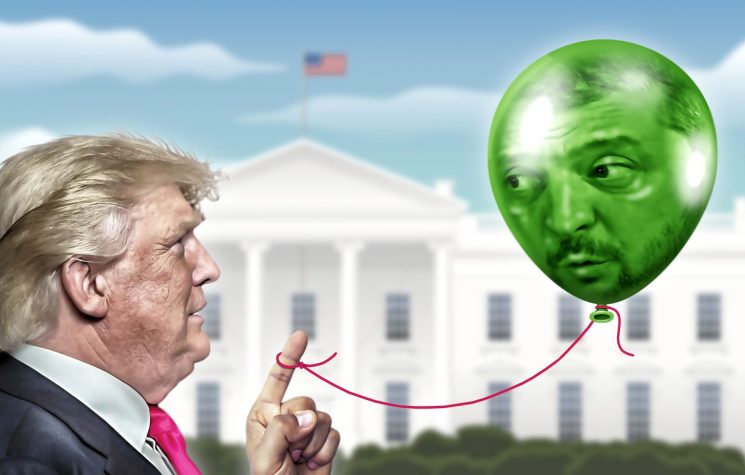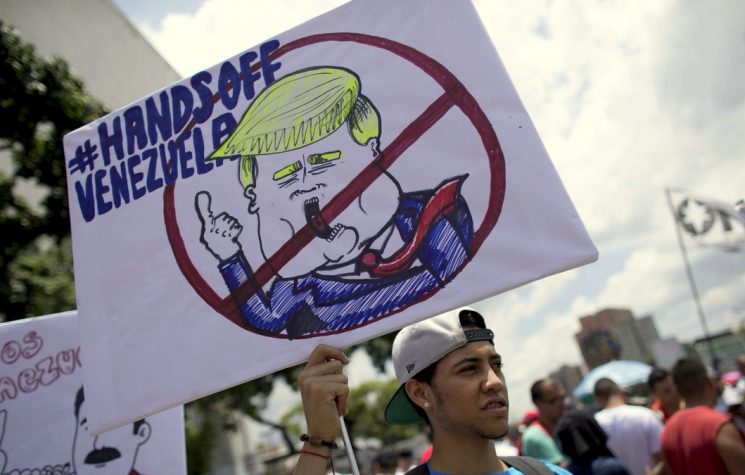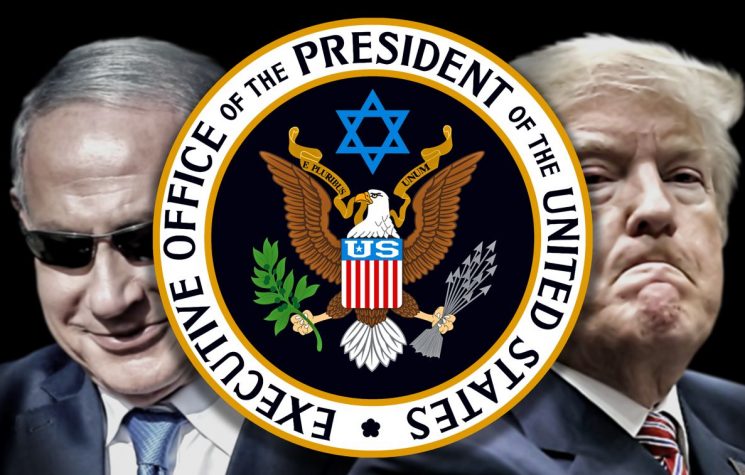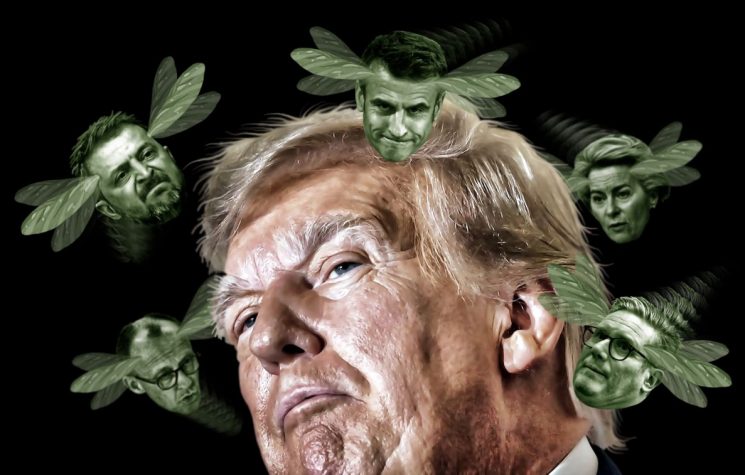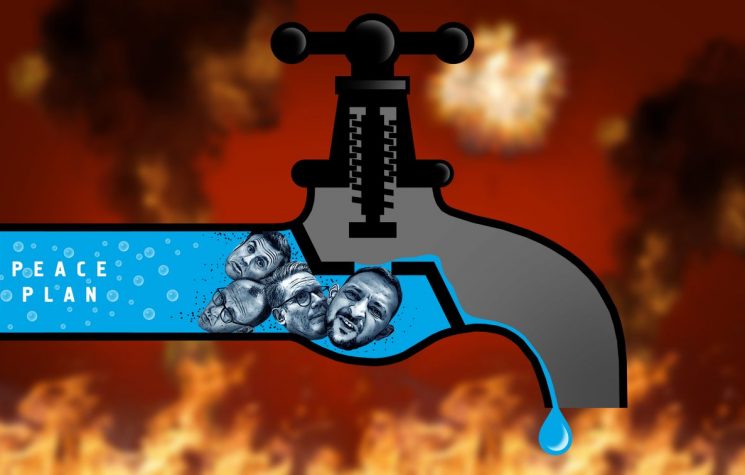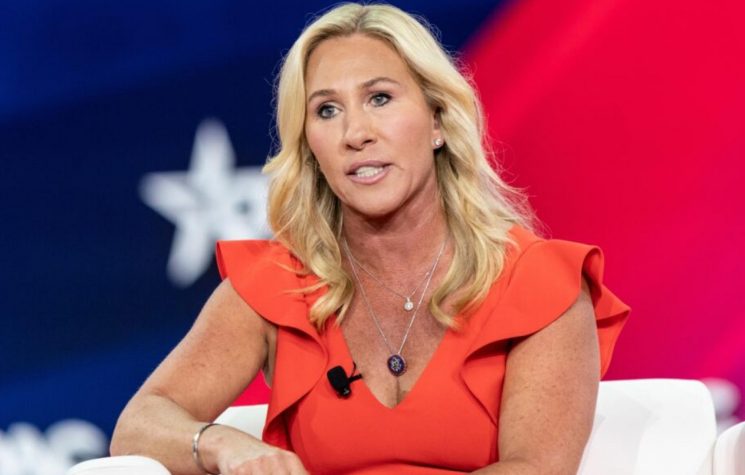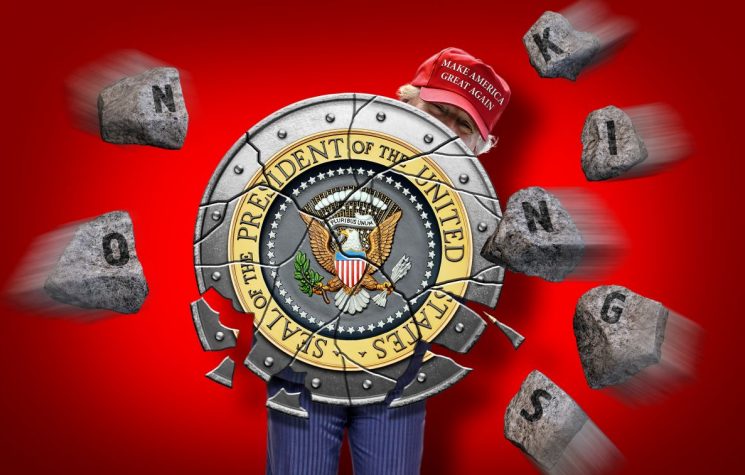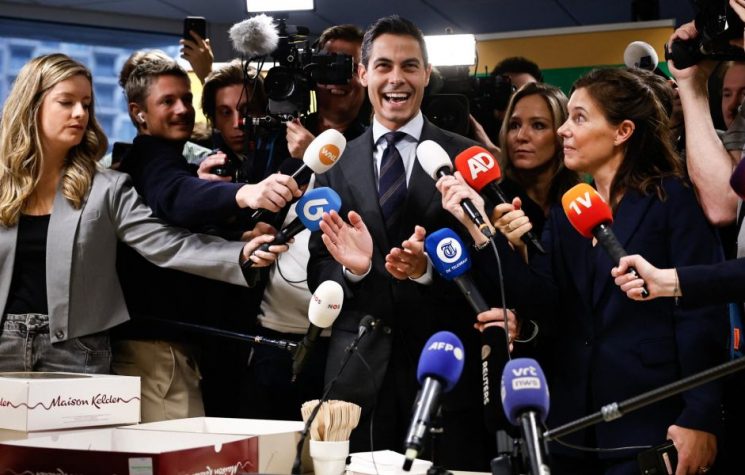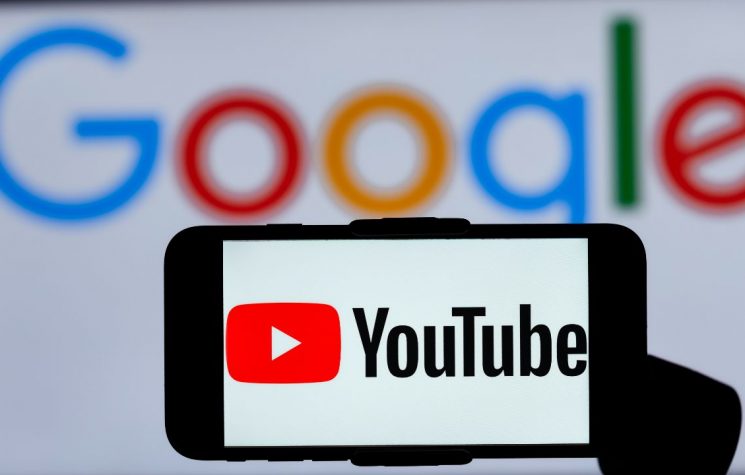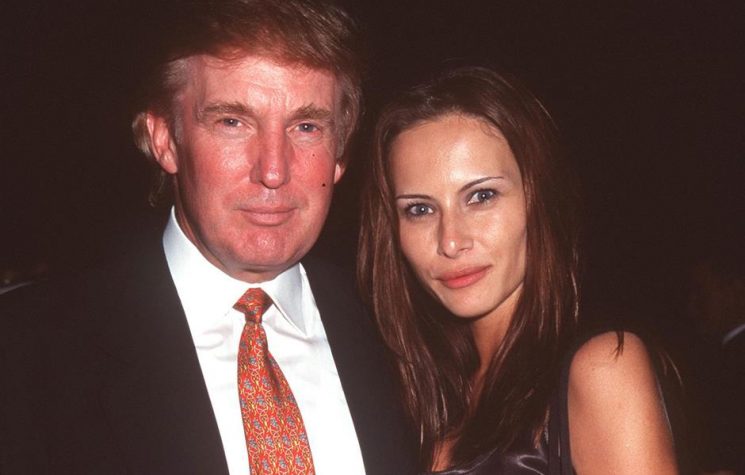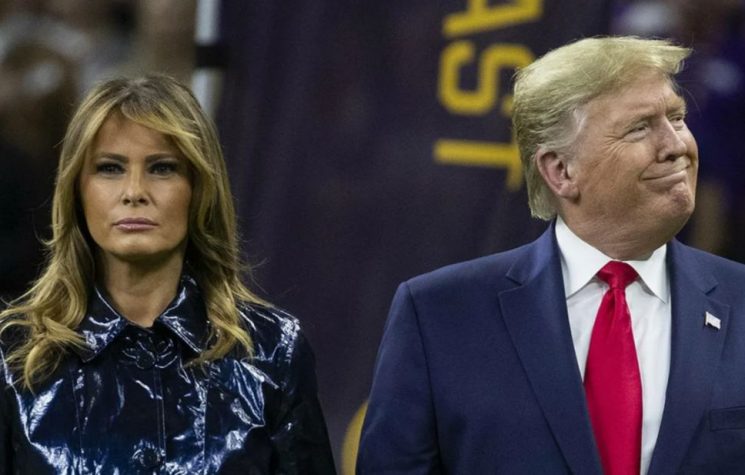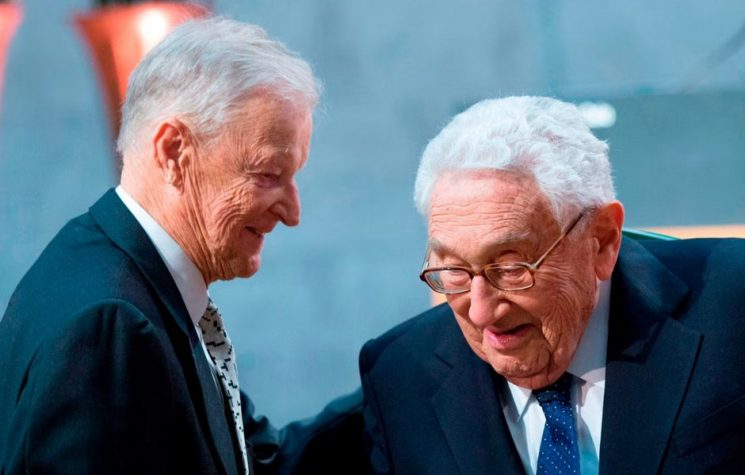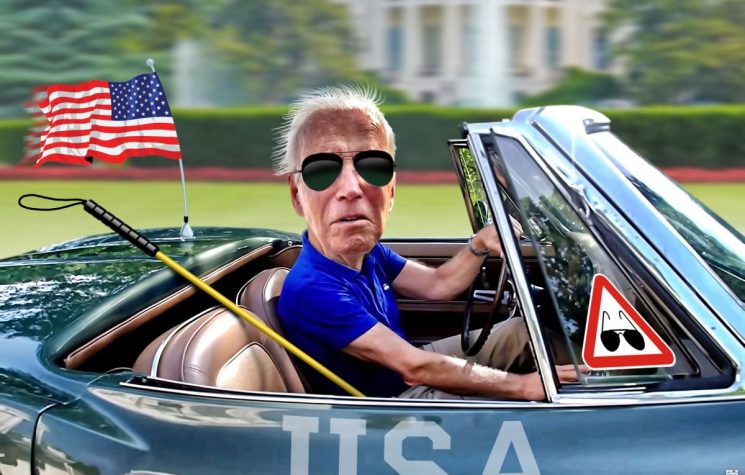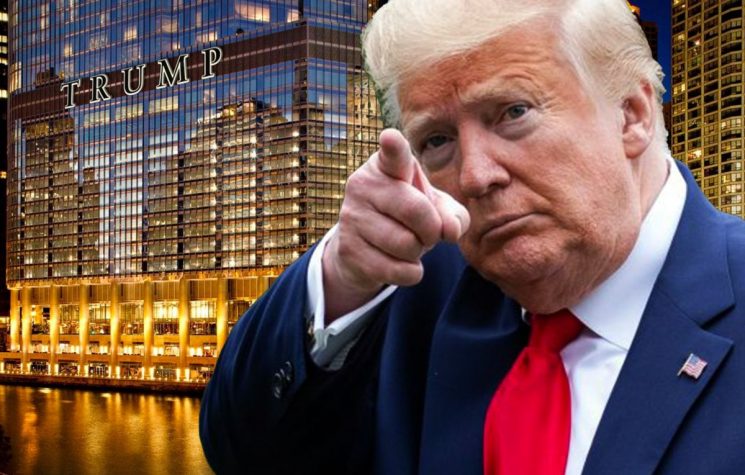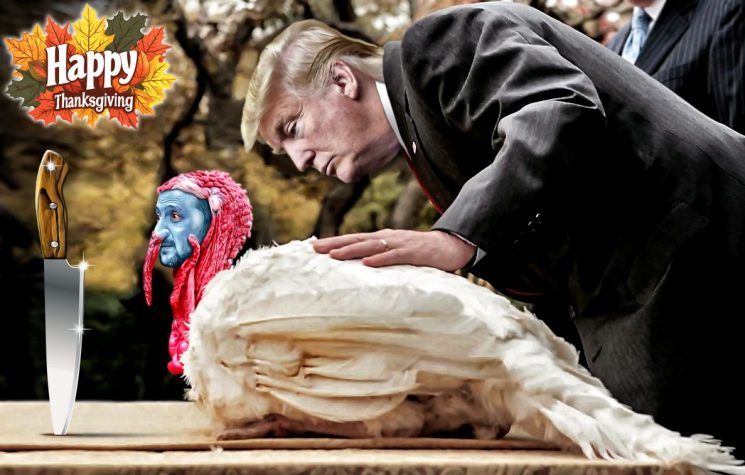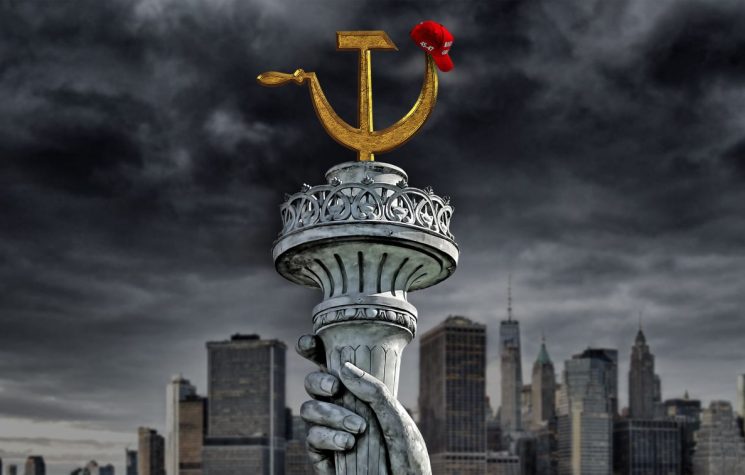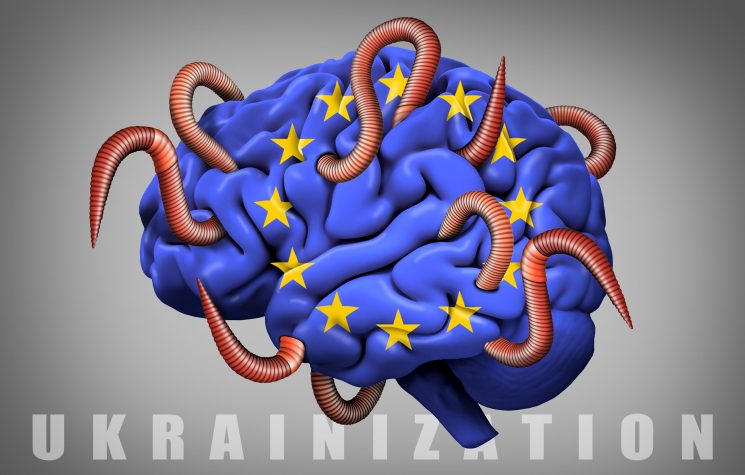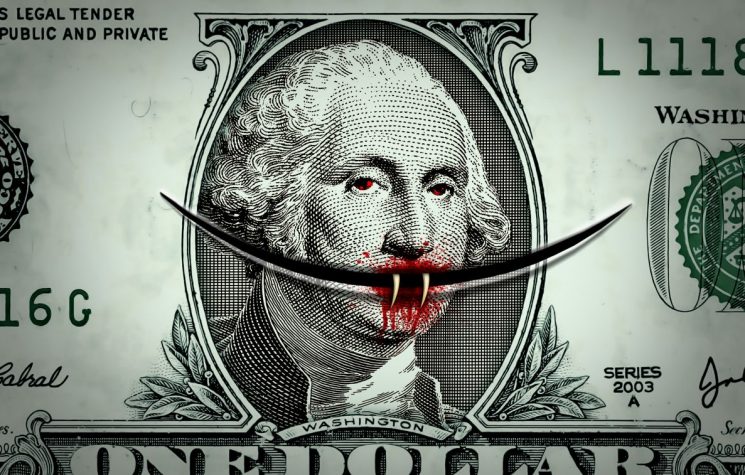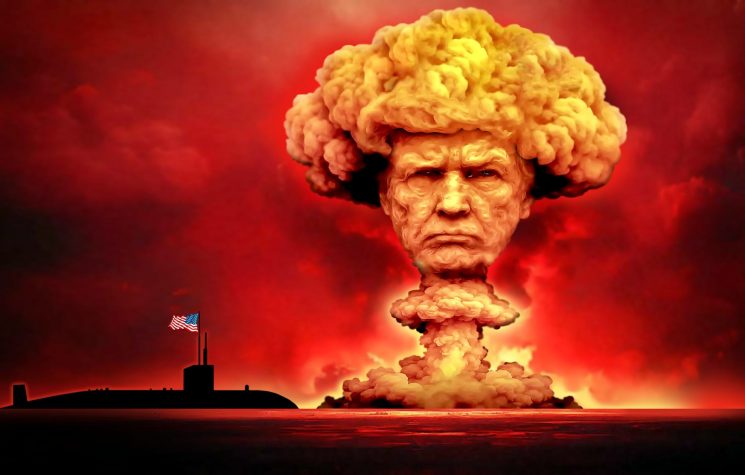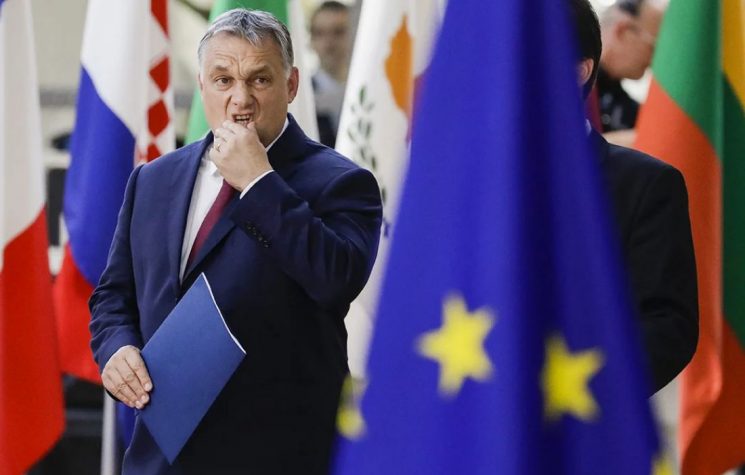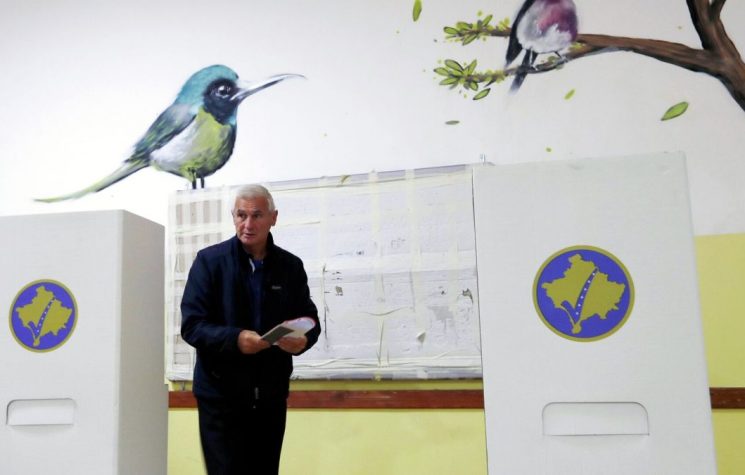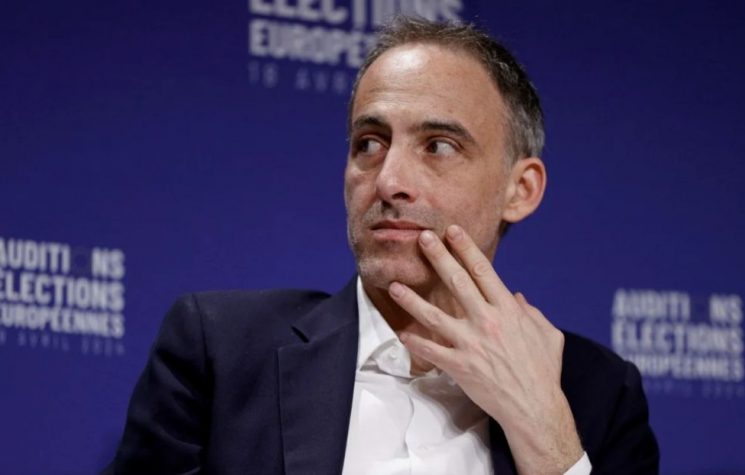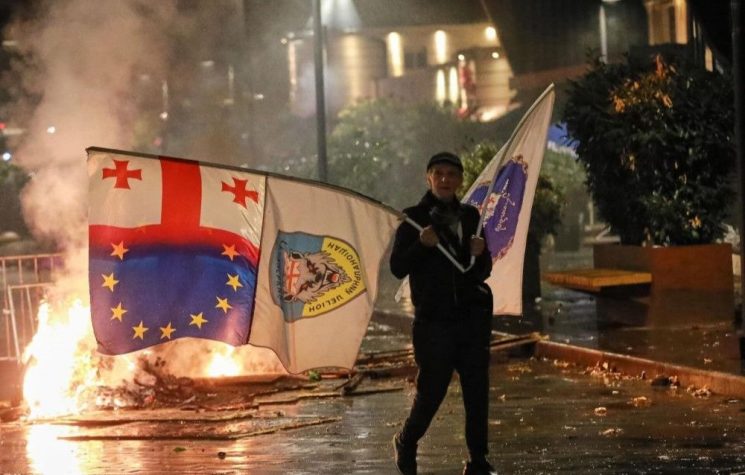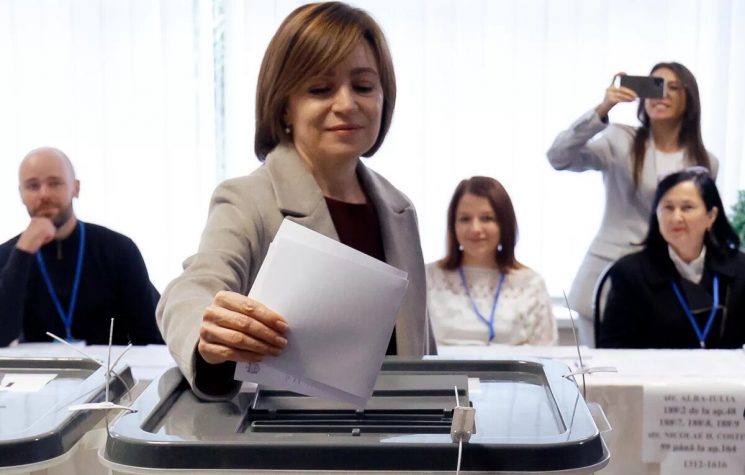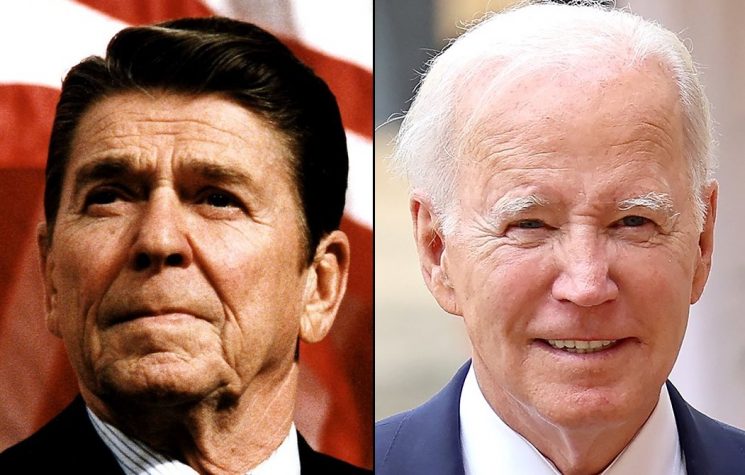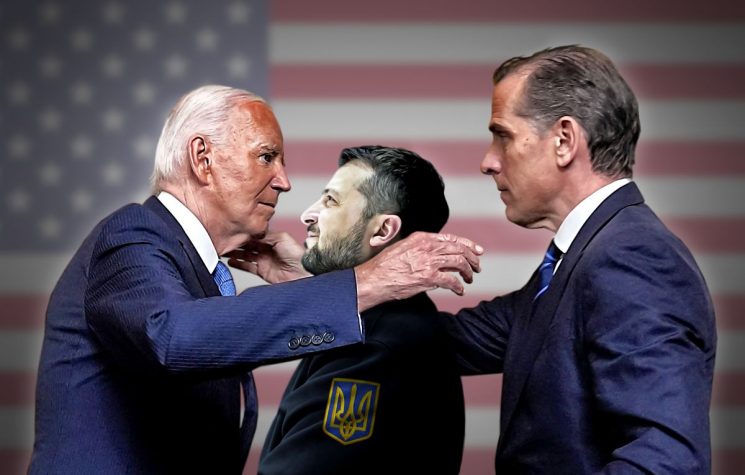For all the infinite variations of time, personality and circumstance, U.S. presidential elections in their final three or four months fit remarkably clearly into one of two clear patterns: There are those elections that are utter blow-outs where a decisive and usually landslide result was clear from the get go. And there are those that are cliffhangers – in doubt up to the very last second.
Most U.S. elections surprisingly fit into the first category: Of the 10 presidential elections held over the past 40 years since 1980, no less than eight were blowouts where the loser had lost before the race had even begun:
Ronald Reagan in 1980 and 1984, George Herbert Walker Bush in 1988, Bill Clinton in 1992 and 1996, George W. Bush in his reelection race in 2004 and Barack Obama in his two sweeping victories of 2008 and 2012 were never seriously challenged. None of them had reason to doubt the outcome for a second.
Close calls are far rarer: The only two in the past 44 years since 1976, were George W. Bush’s victory in 2000, which hinged on a highly dubious bungled vote in Florida stopped even more dubiously by a pro-Republican partisan majority on the Supreme Court stopping the recount by only a five to four margin.
The second was Donald Trump’s extraordinary victory in 2016 in which he won 30 out of the 50 states’ popular votes but lost the overall popular vote by almost 3 million.
This happened in large part because the Democratic governors and campaign managers in California and New York were witlessly obsessed with maximizing their own turn out including among illegal aliens. Driving licenses were handed out to illegals in California in the months before November 2016 more freely than candy or crack cocaine for kids.
The other key pattern that usually emerges in U.S. presidential races is that the voting patterns and preferences harden after the two summer conventions and except for the most radical circumstances, major shifts are unlikely to occur until almost the end of the campaign. What is set by the end of August therefore usually remains unchanged until the beginning of November.
Then often key shifts do take place in the very last two weeks of the campaign when opinion polls are no longer taken. That is what the decisive Heartland shift especially in the high population industrial states of Northeast and the Midwest to Donald Trump was completely missed by the pollsters four years ago.
Trump campaigned like a man inspired in those states recognizing their importance. His Democratic opponent Hillary Clinton chose to believe the meaningless reassurances of a computer algorithm called Ada – after the English peer Lord Byron’s hard-living and scandalous daughter – rather than the common sense warnings of her real flesh and blood campaign managers.
As Barack Obama, with all his many limitations, a master campaigner and election winner that only Ronald Reagan could match in the past 60 years, Clinton should not have been shocked by losing states that she never bothered to campaign in at all.
Joe Biden, even at age 77, has already proven that old as he is, he is an incomparably superior campaigner to Clinton. Unlike her, he knows people genuinely like him. He is Irish-American, and politics is to the Irish-Americans what whisky is to the Scots. And he is making sure he is seen and heard from Wisconsin to Florida.
But Biden is also reeling from a badly mismanaged convention season. Trump, at the Republican National Convention, presented a clear, coherent program of hope for beating the COVID-19 pandemic with new vaccines and restoring the great roaring bull economy he presided over for more than three years.
The Democrats instead repeated the same, ghastly mistake they made with Hillary Clinton in 2016: They made the convention the same mindless sugar for mentally deficient children that Clinton provided four years ago and contrary to all U.S. Mainstream Media predictions, Trump took effective advantage of it at his own convention.
Independent voters were manifestly unimpressed by the Democrats’ diet of sickly sweet sentimentality that even Walt Disney would have vomited over. Biden therefore got no bounce at all out his convention whereas Trump, previously far behind got a significant rise out in approval following his. By the end of August, Biden’s previous commanding lead over Trump had shrunk to within striking distance.
That process continues: As I write, a new poll commissioned by The Hill political newspaper in Washington with the HarrisX polling organization and released on September 15 gives Biden still a six-point lead over Trump. But Biden has lost in it two more points in less than two weeks according to the same pooling agency. If that kind of slippage continues un-reversed until November, Trump will win. The race is currently too close to call.








